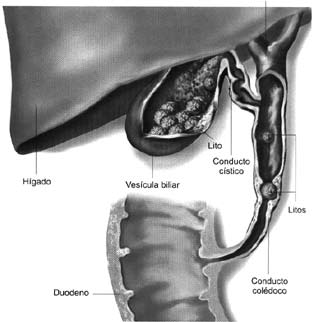Minimally invasive treatment of bile duct stone disease
DOI:
https://doi.org/10.31837/relatos/4Keywords:
litiasis biliar, enfermedad litiásica de la vía biliar, cirugía laparoscópica, tratamiento endosc´opico, tratamiento percutáneo, casos clínicosAbstract
The surgical treatment of lithiasic pathology of the bile duct occupies the first place in frequency within abdominal surgeries of the digestive system and a central place in general surgery mainly due to two facts: the first is due to the high incidence and prevalence of this pathology in western countries such as Uruguay and the second is due to the natural history of this disease, in which surgical treatment must be carried out due to the appearance of symptoms and / or complications. It is likely that with the passage of time and progress in the knowledge of the etiopathogenesis and its
genetic and molecular bases, the surgical treatment of this disease becomes a historical curiosity; but at present it is the only effective way. It is intended to extract the stones together with the gallbladder, since it is the usual site of their formation, explore and leave the main bile duct free of them. Today, with minimally invasive surgical procedures, we try to achieve excellence in the way of removing an organ in which stones are produced and extracting them from the bile ducts when they pass or form in them, with the least morbidity and mortality. The bile ducts have special characteristics, since they are thin ducts with an intricate and extremely variable spatial distribution, surrounded by vital structures, through which bile circulates. For this reason, biliary surgery has been extensively approached by surgeons around the world who have sought to reveal the secrets of the anatomy and pathophysiology of the biliary system. It has been traveled a long road in which numerous and prominent surgeons from all continents have made their contributions to create an arsenal of surgical techniques that have been refined over time, reaching excellent standards of effectiveness and morbidity and mortality in hands not only of great specialists, but also of the general surgeon who daily surgically solves these pathologies. The public and medical community often underestimate the complexity and potential complications of a surgery as simple as cholecystectomy, which any minimally trained surgeon could perform, but realize its magnitude and importance when complications arise.
In the last stage of biliary surgery, starting in 1997, laparoscopic surgery erupts, based on the development of technology and the ability of surgeons to start a whole new learning process, in which minimally invasive procedures are developed. It is important to note that the treatment of bile duct stone disease requires each time
more than a multidisciplinary participation, ceasing to be the exclusive patrimony of the surgeon. Radiologists began by providing diagnostic and later therapeutic elements, acting on the gallbladder (percutaneous cholecystostomy) and on the main bile duct, dilating strictures, removing stones and placing drains and stents.
Endoscopists began by performing retrograde endoscopic cholangiography and then went on to interventionism with the performance of papillotomies, stone extraction and placement of drains and stents. Currently, in ideal conditions, the therapeutic management of bile duct stone disease should be performed in a minimally invasive way and should be the property of a multidisciplinary team made up of gastroenterologists, endoscopists, radiologists and surgeons. Minimally invasive procedures have largely displaced open laparotomy surgery, although this remains valid, mainly in the face of complications or in special situations, as will be detailed later.
The objective of this report is to analyze the minimally invasive treatment of bile duct stone disease, passing on our experience. After dedicating ourselves for many years to this pathology, a fine-tuning of laparoscopic surgery techniques and endoscopic and percutaneous procedures is carried out, from a multidisciplinary approach provided by surgeons and endoscopists, to achieve the best results, with the most low morbidity and mortality in the frequent management of this condition.
Downloads


